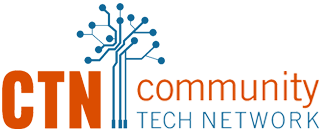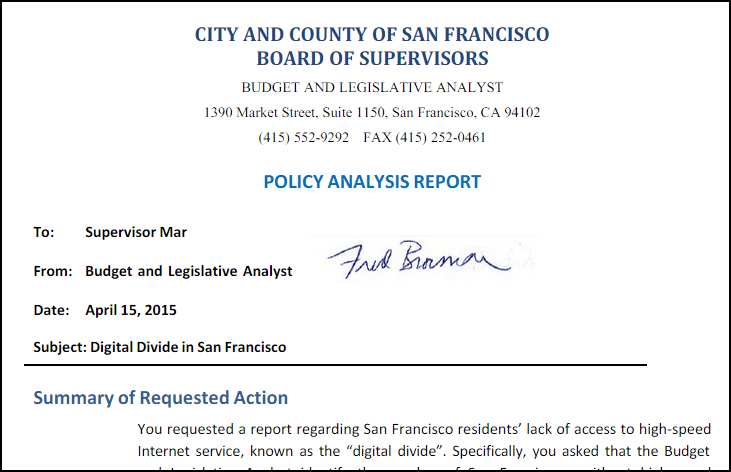A new report issued by the City of San Francisco outlines a number of policy recommendations to connect more households and address issues of Internet availability, affordablity, and adoption. The recommendations include digital training for youth, mobile device training for seniors, creation of a municipal broadband network, and partnerships to provide affordable Internet.
On CTN’s behalf, I delivered public comments on the challenges faced with adoption and the importance of training in closing the digital divide.
Many people don’t understand how the Internet is relevant to them, or they are afraid to have it in their homes. With training comes an understanding of how the Internet can help people to connect with family and to better access information and services. I see an immediate need for more trainers, especially people who are bilingual, to make this training happen. There are computer centers all over the city that lack trainers to work with learners. Not only that, but the centers lack the management structure to understand the needs of the community and match a training program to meet those needs.
In this report, the term digital divide specifically refers to access to high-speed Internet at home. Some 100,000 San Franciscans lack access to the Internet at home, and another 50,000 are still using dial-up. Supervisor Mar used his smartphone to play a recording of that annoying dial-up noise that thankfully I haven’t heard for years. It’s hard to believe that many of our neighbors are limited by that outdated technology, especially considering how long it takes to load the media-rich websites used by students, job seekers, and those seeking access to healthcare.
I encourage the City to think about this need as they grapple with the issue of how to get people online at home. If the City does decide to build a municipal network, and it is affordable, it still doesn’t guarantee that the divide will be closed unless there’s a strategy to address adoption as well.
Here are a few quick highlights from the report, according to a 2013 survey by the City Controller.
- 69 percent of San Francisco residents over the age of 65 have home Internet access compared to 96 percent of those under the age of 45.
- 68 percent of residents with less than a high school education have home Internet access compared to 94 percent of college graduates.
- 98 percent of households with incomes over $100,000 have home Internet access compared to 75 percent of households with incomes under $25,000.
- While San Francisco has at least 17 different Internet providers offering service, not all providers are available in all areas of the city. For most traditional wired Internet access for home computers, most residents have a choice of just two companies.


Comments are closed.